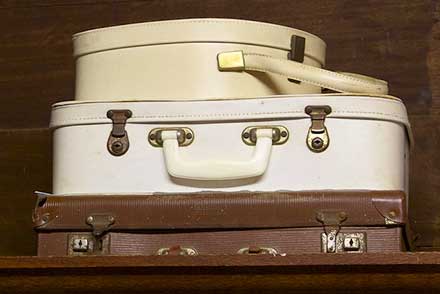f/2.8
f/16
1. Aperture is related to the eye. The iris expands and shrinks depending on the amount of light, controlling the size of the pupil. A large pupil (more light let in) is like a large aperture, and a small pupil is like a small aperture.
2. The smaller the aperture, the more focused the picture will be (background and foreground). The higher the aperture, the more focused only the foreground will be.
3. When the aperture is smaller, the depth of focus is greater, while having a larger aperture isolates the depth of focus to only the foreground.

1/4000

4 seconds
1. With sun and good light
a. A booth in the middle of the courtyard: average shutter speed
b. Food booth: slightly slower, maybe to create a small blur of people moving around the booth
c. Dance performance: fast shutter speed, to capture the dancers' movements
d. People dancing in the courtyard: A little faster than average
e. People streaming in: slower would be cool if used to create a blur
f. basetball booth: fast shutter speed, because you want to capture the basketball
Without sun and good light
a. Probably a faster shutter speed
b. Also a slow one
c. Fast shutter speed (lighting doesn't change because it's in the gym)
d. Also a fast shutter speed
e. Slower shutter speed
f. Faster
2. AV: Aperture priority makes it so you can choose the aperture, and the camera controls the shutter speed.
TV: Shutter priority makes it so you can choose the the shutter speed, and the camera controls the aperture.
M: Manual makes it so you can manually set aperture and shutter speed.

ISO 4000
1. Having a higher ISO at sporting events allows for more light to be registered in an otherwise dark picture.
2. When you use a low ISO in a dark environment you should have it mounted on a tripod to capture a steady image.
3. You should use a high ISO in fast action shots, or while shooting indoors without a flash.
1. Aperture settings: f/2.8 to f/22
2. Shutter speed settings; 1 sec to 1/4000 sec
3. ISO settings: 100 to 256000


 1/4000
1/4000  4 seconds
4 seconds ISO 4000
ISO 4000 



